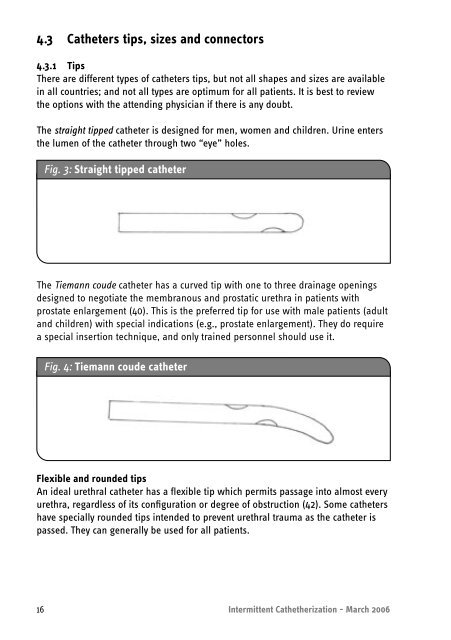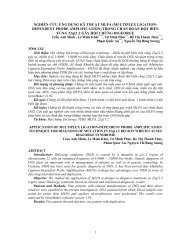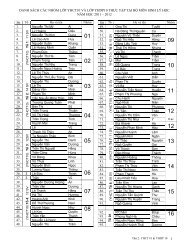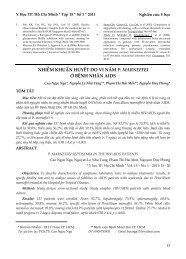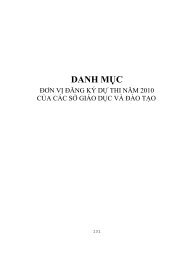1. Intermittent catheterization - European Association of Urology
1. Intermittent catheterization - European Association of Urology
1. Intermittent catheterization - European Association of Urology
Create successful ePaper yourself
Turn your PDF publications into a flip-book with our unique Google optimized e-Paper software.
4.3 Catheters tips, sizes and connectors<br />
4.3.1 Tips<br />
There are different types <strong>of</strong> catheters tips, but not all shapes and sizes are available<br />
in all countries; and not all types are optimum for all patients. It is best to review<br />
the options with the attending physician if there is any doubt.<br />
The straight tipped catheter is designed for men, women and children. Urine enters<br />
the lumen <strong>of</strong> the catheter through two “eye” holes.<br />
Fig. 3: Straight tipped catheter<br />
The Tiemann coude catheter has a curved tip with one to three drainage openings<br />
designed to negotiate the membranous and prostatic urethra in patients with<br />
prostate enlargement (40). This is the preferred tip for use with male patients (adult<br />
and children) with special indications (e.g., prostate enlargement). They do require<br />
a special insertion technique, and only trained personnel should use it.<br />
Fig. 4: Tiemann coude catheter<br />
Flexible and rounded tips<br />
An ideal urethral catheter has a flexible tip which permits passage into almost every<br />
urethra, regardless <strong>of</strong> its configuration or degree <strong>of</strong> obstruction (42). Some catheters<br />
have specially rounded tips intended to prevent urethral trauma as the catheter is<br />
passed. They can generally be used for all patients.<br />
16 <strong>Intermittent</strong> Cathetherization - March 2006


